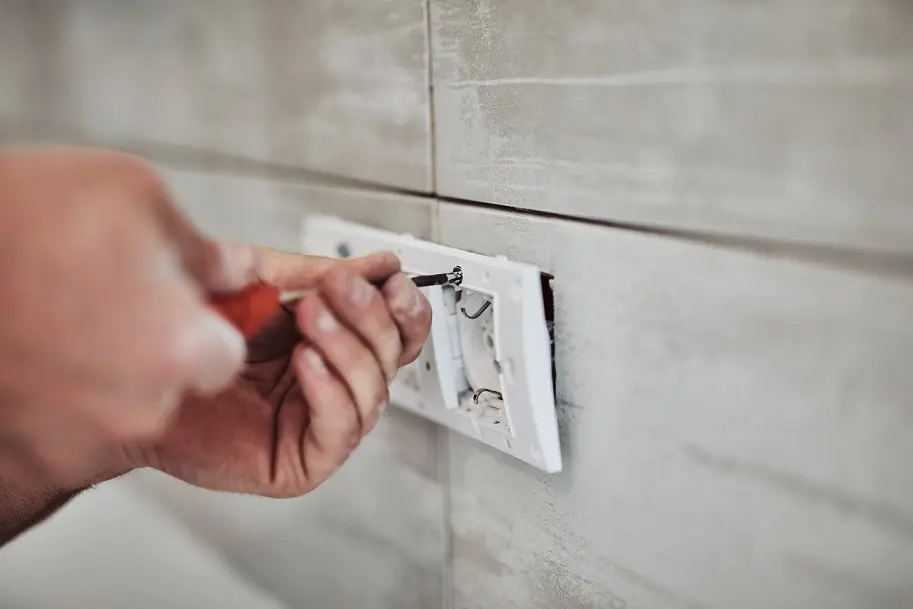REASONS FOR REFURBISHMENT
When it comes to renovating a property, most property owners see the mountain of work, the time required and the costs as a major hurdle. These factors seem daunting at first. But in the end, this effort pays off - for you and for your property.
Modernising the energy standards that a refurbishment entails not only benefits the environment, but also you as the owner in the long term. This is because economical consumption has an immediate positive effect on the property's operating costs. As the infrastructure is constantly growing and being optimised, new buildings often have the edge over existing properties. However, refurbishments can also make existing properties, which sometimes have weak points, significantly more attractive than new buildings.
Refurbishments are also worthwhile for vacant workshops or storage rooms, as they enable unique concepts for new living space. Historic buildings or properties with special architectural features in particular offer completely new possibilities through refurbishment. Renovation increases their value in the long term and makes them particularly interesting for certain professional groups who wish to receive visitors in prestigious rooms. From well thought-out preparation to your rights and obligations in the course of a refurbishment: this guide will lead you step by step through the various phases of property refurbishment.

CURRENT PLANS
1. current plans
Go through the rooms room by room. Also create a new building plan in which you collate the room layout, wall lengths and thicknesses, doors and windows and room heights in detail. This basic information is very important for you as the client or for working with an architect. It is important to sound out the potential of the property and the spatial possibilities. Flawless planning documents and a good condition analysis are very valuable - for example when obtaining a building permit or when comparing offers for conversion work. After all, these will ultimately show you what is possible - and what is not - with the refurbishment.
In the first step of the refurbishment preparations, it is important to check the condition of the house again in order to be able to set priorities. Some damage may already be recognisable by eye. Others, on the other hand, are not so obvious and therefore often remain untreated, which can result in high costs in the short or long term. The better you know the individual problems, the more efficient the consultation and planning of the renovation measures will be. A well-founded analysis of the current situation therefore saves money, time and nerves.
CONSULTING & SETTING PRIORITIES
We recommend involving professionals in the preparations right from the start. For larger renovation projects in particular, it is worth commissioning a general renovator such as a planning office, master builder or architect with many years of experience. The experts can also help with the energy performance certificate and provide advice on funding opportunities and current legal requirements for refurbishment. Once you have an overview of the necessary refurbishment work after a detailed assessment of the property, it will be prioritised. Which refurbishment measures must be carried out, which should and which can? Particularly in the case of windows in need of refurbishment, you should not wait too long. This is because leaky windows not only reduce the quality of living, but also quickly make themselves felt on the heating bill.
After prioritisation, the sequence of the individual renovation measures should be defined. Starting with the roof, then sealing the cellar and renovating the exterior walls, including new windows and doors with thermal insulation glazing, followed by the interior work and, if necessary, a new heating system.
COMPARE COSTS FOR REFURBISHMENT
Compare the companies' offers with each other. Which companies are available in your region? How wide is the range? Who offers the best price-performance ratio? Important: The more specific the description of the refurbishment project, the more transparent the offer will be and the lower the additional costs will be.
We recommend paying attention to quality and reliable companies. Trust your experience, recommendations from family and friends or brand companies with long-term guarantees. This will protect you from expensive follow-up costs. Cost planning can be carried out on the basis of the planned renovation measures and the quotes already obtained. Are sufficient resources available? Are there reserves for emergencies? Is it necessary to take out a loan? Questions like these should be clarified in advance to avoid unexpected financial difficulties later on.
Important note: You should also not forget to find out about possible subsidies. There are attractive subsidy programmes every year, especially for renovation projects.
Would you like to be kept up to date with our blog articles?
Then sign up for the WENET newsletter right here below!
